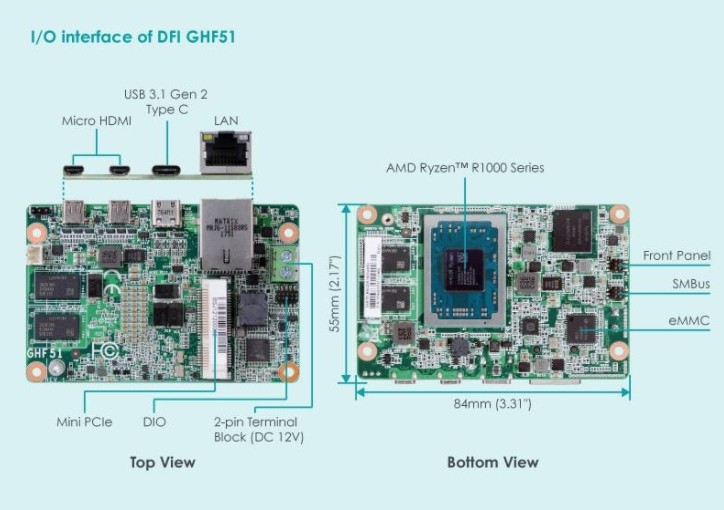
America has a rich history of innovation by Asian immigrants
Why does one of the world’s largest and most successful telecommunications companies have the word “railroad” in its name?
Every semester, I stump the Stanford students in my History of Information class with this query. The company in question is Sprint, which stands for “Southern Pacific Railroad Internal Networking.”
What follows is a brisk lecture on the history of American communications infrastructure that always leaves a few minds blown.
Railroads, I explain, were in many ways the first layer in the history of modern American and global information architecture. With the rise of electric telegraphy, engineers by and large chose to run their cables down the already cleared pathways of railroad lines like the Southern Pacific. Why fell more trees or traverse rivers anew when the work had already been done? Not long after came fiber optics, which followed a similar pattern, laying new infrastructure largely along the train routes that first connected the US more than 150 years ago.
“Exactly,” I respond—not exclusively, of course, but Chinese immigrants to the United States contributed disproportionately to the country’s first transcontinental lines. They did so, moreover, while confronting a period of virulent, and often violent, anti-Chinese prejudice. “Now what about all those other infrastructures we just spoke of? The ones built on top of the railroad? Did the contribution of Asian immigrants and Asian Americans simply stop once the railroad was finished? What about telegraphy? Fiber optics? ARPANET? The internet? Science, technology, engineering, and medicine more broadly?”




:focal(1800x1210:0x0)/cloudfront-us-east-2.images.arcpublishing.com/reuters/MYYE4IDMZVLXVLDZRNOVBQGCAU.jpg)










/cdn.vox-cdn.com/uploads/chorus_asset/file/25417952/transformers_megatron.jpg)




